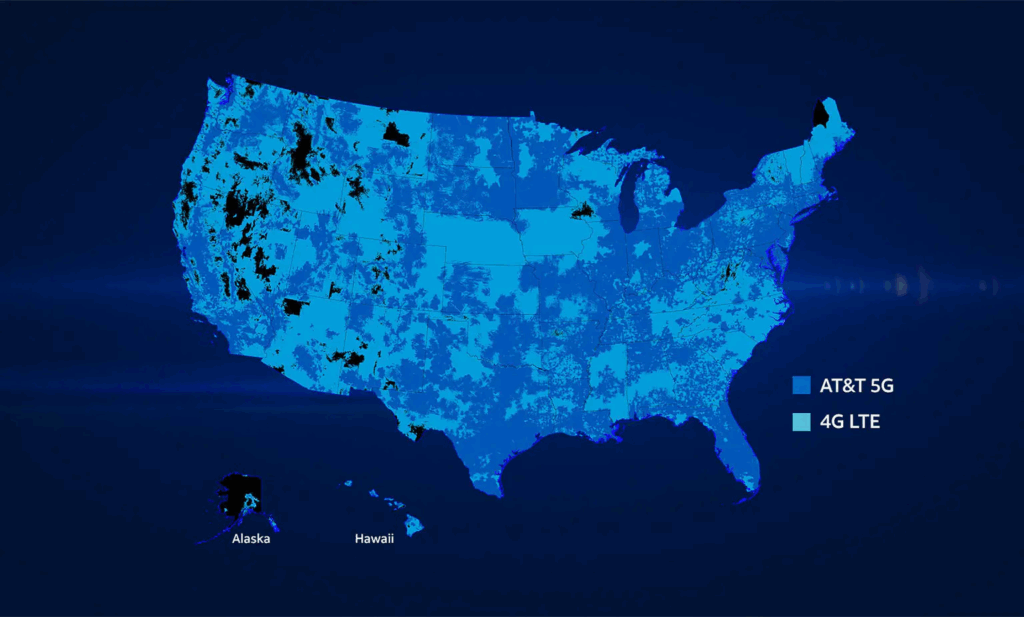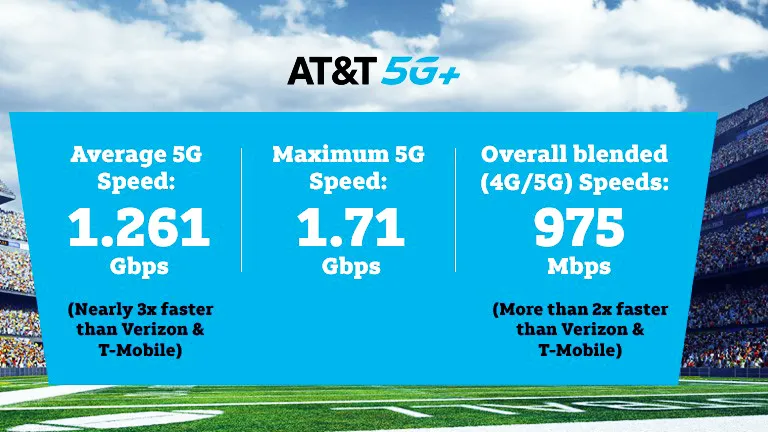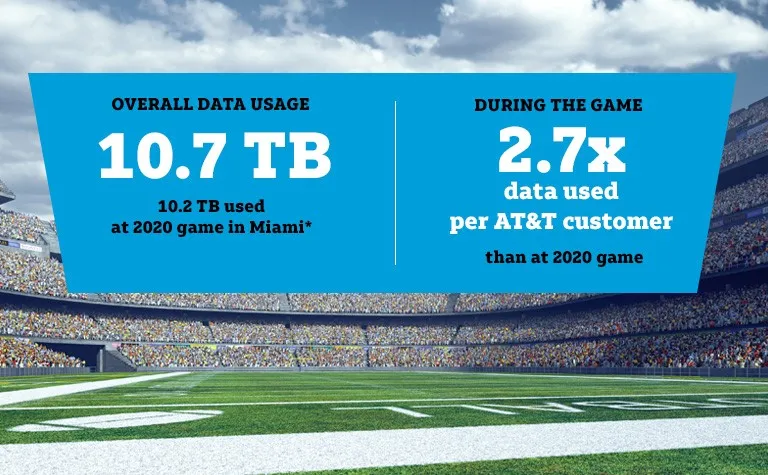AT&T has officially activated its standalone 5G network nationwide, marking one of the most substantial upgrades to its wireless infrastructure in years. This effort makes AT&T standalone 5G nationwide a reality. While most users won’t immediately notice the change, the update lays the groundwork for faster connectivity, lower latency, and an entirely new generation of smart devices and connected services—from Apple Watches to industrial IoT systems.
What’s Happening & Why This Matters
AT&T’s standalone (SA) 5G deployment removes the dependency on 4G LTE for setup and connectivity, freeing devices to connect directly to the newer, faster network. The change boosts the capabilities of AT&T standalone 5G nationwide. As Yigal Elbaz, AT&T’s SVP and Network CTO, explained:
“Today, select services on our network already use 5G SA coast-to-coast. We have millions of customers already on our 5G SA network, and we’re expanding availability to more customers as device support and provisioning allow.”
In short, this switch isn’t about flashy new speed tests — it’s about future capability. With standalone 5G live, AT&T can deliver the network innovations it’s been developing behind the scenes, including custom network slices for businesses, public safety, and next-gen consumer applications.
From 4G-Dependent to Fully Independent
Traditional 5G networks, known as non-standalone (NSA), have required a 4G LTE connection as a foundation. That legacy structure limited performance and flexibility. The move to standalone 5G means the network now operates independently, using next-gen architecture that supports more devices, less lag, and smarter allocation of resources. The transition to AT&T standalone 5G nationwide is a critical shift in independence.
AT&T’s rollout spans both its low-band 5G spectrum — known for greater coverage — and its C-band and millimeter-wave 5G+ frequencies, which deliver ultra-fast performance in dense urban areas. Together, these create a more resilient network that can dynamically serve everything from smartphones to autonomous vehicles.

New Access for Connected Devices
In July, AT&T began activating a new protocol called Reduced Capability (RedCap) — a low-power 5G version designed for smaller, connected gadgets that don’t require full-speed data. RedCap now powers Apple’s latest Apple Watch Series 11, SE 3, and Ultra 3, bringing better battery life and improved responsiveness without compromising reliability.
The ability to scale 5G for different device types — whether smartwatches, sensors, or drones — is one of the main advantages of standalone deployment. It ensures that network resources are used efficiently while paving the way for the Internet of Things (IoT) to expand across homes, factories, and cities.
Unlocking Network Slicing
One of the biggest technological advances tied to standalone 5G is network slicing. Slicing allows carriers to create virtualized segments of their network — each tailored for a specific use case. For example, one slice can optimize emergency response, while another focuses on enterprise-level applications or mobile gaming.
T-Mobile has already leveraged this feature, offering its T-Priority service for first responders and SuperMobile tiers for business clients. While AT&T hasn’t announced specific slicing products yet, the company is now in a position to bring similar innovations out of the lab and into the market. Elbaz teased “the next wave of innovation, creativity, and connection,” signaling that commercial slicing services may soon follow, powered by AT&T standalone 5G nationwide capabilities.
Verizon and the Race to 5G SA
Verizon isn’t far behind. The company confirmed that its standalone 5G is also deployed nationwide, though not yet complete. Spokeswoman Christina Moon Ashraf said that “the vast majority of 5G SA capable phones will connect to 5G SA in the vast majority of places.”
Verizon, however, has already gone public with network slicing options, such as Enhanced Video Calling and Frontline, a specialized service for first responders. Both launched in the past year and are already in national use.


Competition is growing among U.S. carriers — each trying to outpace the other in 5G maturity — signals a major turning point for the U.S. wireless industry. From incremental upgrades to a fully independent, programmable network, innovations create a foundation for 6G’s eventual arrival.
TF Summary: What’s Next
The nationwide 5G activation is AT&T’s most important infrastructure milestone in mobility. It’s an achievement for AT&T standalone 5G nationwide. Expect new service tiers, enterprise slicing products, and enhanced IoT deployments to emerge very soon.
MY FORECAST: While everyday users might not feel an immediate difference, this move sets the technical groundwork for real-time connectivity, wearables, and AI-driven applications that will define wireless networks for the next decade.
— Text-to-Speech (TTS) provided by gspeech


